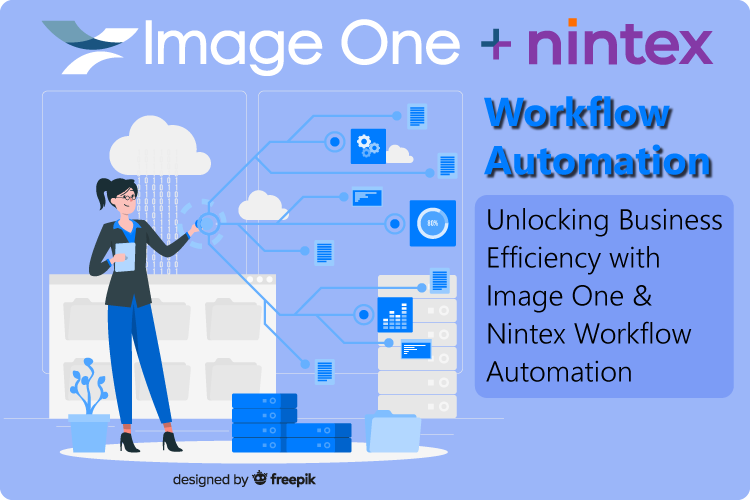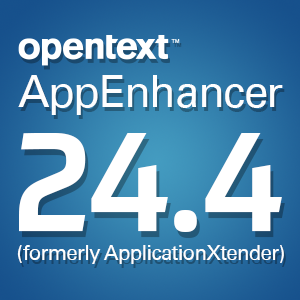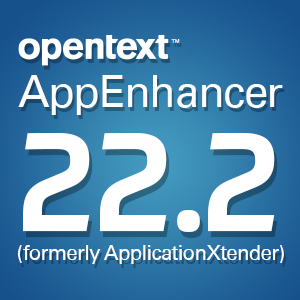Document management systems transforming health care
Monday, December 16, 2013Health care providers are seeing significant changes roll in, affected by government regulations and other policies having an impact on administrative efforts as well as actual care. However, not all of the improvements need be stressful, and certain investments can ease adaption to some of these new guidelines.
For many medical centers, one of the major changes impacting operations is the requirement to invest in EHR-related technology. The push to go paperless on a federal level need not be complicated, as providers can turn to high-quality document management software to help handle the migration to digital. However, these tools are having a broader, positive impact on the health care industry as well.
According to ITWeb, many hospitals are experiencing a significant push to invest in more technology, and not just in the U.S. This movement, driven by increased expectations for patient-centric service, is affecting IT budgets and overall operations. A recent study by IDC found that 51 percent of hospitals in the EMEA region expect to increase their IT budgets in 2014, while document life cycle management a top consideration.
"Document life cycle management solutions can provide the glue necessary to enable integrated healthcare by decoupling structured and unstructured data from proprietary and open applications alike, including EMR and departmental applications, for example, allowing them to be easily transferred to and accessed by the healthcare professionals that need them," Nkuli Mbundu, enterprise account manager for EMC Southern Africa's Information Intelligence Group, told the news source. "The key now for hospitals in EMEA is to ensure that their IT budgets are being invested effectively to create a long-term solution to the challenges of healthcare."
Investing in improved document management solutions can provide significant benefits, but organizations also have to consider the preparations they need to make in order to achieve the full rewards. Past records and other factors can be affected by operational need or audit regulations, requiring significant migration of paper documents to a digital system. Investing in high-quality document imaging services, adequate scanning hardware and other initiatives to streamline these processes will help achieve the desired results faster and ensure the quality of the system over time.
Rather that allow health records to remain a liability, care providers can optimize workflow and organization with tools that don't just digitize their documents, but improve the flow of information overall.
Brought to you by Image One Corporation, providing government and industry compliance solutions since 1994.




